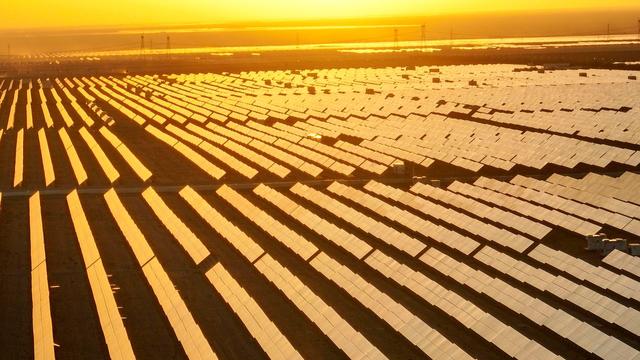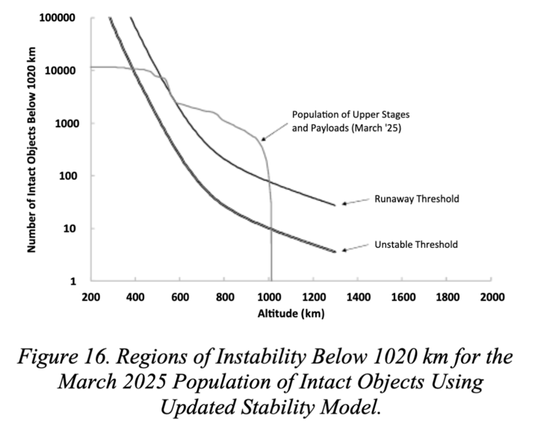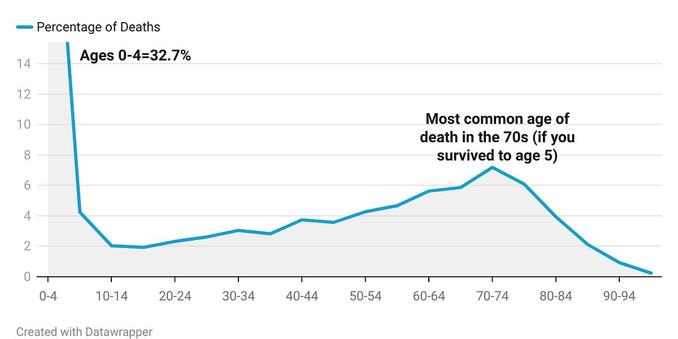Timo Ewalds
- 62 Followers
- 96 Following
- 547 Posts
One acre of solar panels produces as much energy as a hundred acres of corn-based ethanol, with the added benefit that you aren't literally burning food.
Canada needs to reduce its dependence on US tech companies — and cloud infrastructure is a perfect place to start.
For the Canadian Centre for Policy Alternatives, I explain the threat posed by our dependence on US-owned data centres and why we need a public cloud that isn’t shaped by the pressure for shareholder profits.
#tech #cloud #datacenters #cdnpoli #cdntech #canada #markcarney

Canada should build public cloud infrastructure rather than relying on U.S. tech giants - CCPA
During the 2025 election campaign, prime minister Mark Carney made a striking admission about Canada’s dependence on U.S. tech companies. The Canadian government was in the process of choosing a partner for a 25-year cloud computing contract for the federal government. The contract’s length should have set off red flags of its own, but the…
People don’t change their minds from new evidence.
They change when they feel safe enough to lose status in their old tribe.
I'd like to take a moment to congratulate all Americans for now legally being defined as women.
According to Executive Order 14168 (https://www.federalregister.gov/documents/2025/01/30/2025-02090/defending-women-from-gender-ideology-extremism-and-restoring-biological-truth-to-the-federal), the "biological truth" of the genders has been legally defined:
(d) “Female” means a person belonging, at conception, to the sex that produces the large reproductive cell.
(e) “Male” means a person belonging, at conception, to the sex that produces the small reproductive cell.
Here's the problem, turns out that the universe isn't taking attendance at the time of conception and handing out little pink and blue genderino badges before your gonads even exist. At the moment of conception, EVERY embryo's default state is set to produce, eventually, the larger reproductive cell (the ova). It's not until 6-8 weeks AFTER conception that the Y chromosome, if present and activated, decides to show up to the party and begin the process of differentiation into a body that will, eventually, produce the smaller reproductive cell (the sperm).
So, once again, I'd like to congratulate literally everybody in America for, at this moment, being legally AFAB.
There Were Still Old People Wh...




